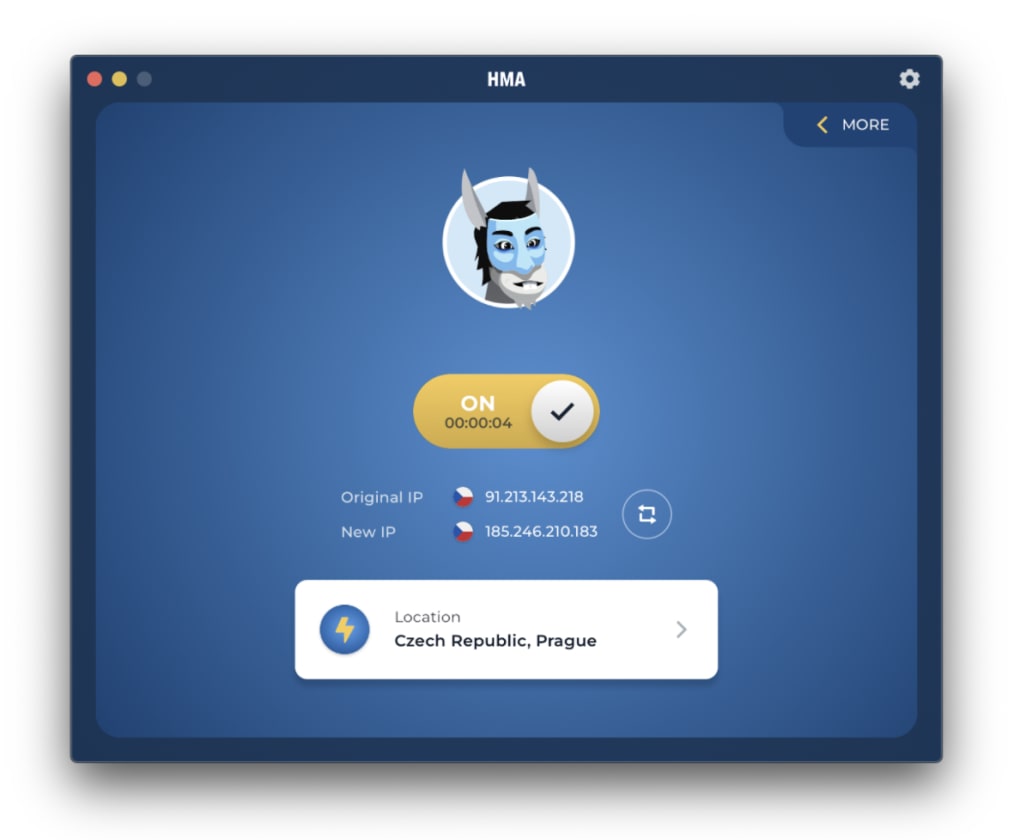Mac Pro Vpn

spoiler show=”Click on the Mac icon to begin download.” hide=”Click on the Mac icon to begin download.” /spoiler spoiler show=”Wait until the download completes, and then open it (the exact. Free mac widgets.
- On your Mac, choose Apple menu System Preferences, then click Network. Click the Add button in the list at the left, click the Interface pop-up menu, then choose VPN. Click the VPN Type pop-up menu, then choose what kind of VPN connection you want to set up, depending on the network you are connecting to.
- Sending All Traffic Over VPN. By default, your Mac will only pass necessary traffic via VPN, such as accessing a file server or other machines or sites that are on the same network as the VPN server. This is because most VPN connections can be quite slow, so your Mac doesn’t want to slow your Internet experience down needlessly.
- Surfshark is a slick, easy-to-use Mac VPN and – if you've just blown all your savings on a new Mac Pro – it's a serious bargain, too. However, just because it's the cheapest on this list doesn't.
Cisco AnyConnect is the recommended VPN client for Mac. The built-in VPN client for Mac is another option but is more likely to suffer from disconnects.
Overview
Stanford's VPN allows you to connect to Stanford's network as if you were on campus, making access to restricted services possible. To connect to the VPN from your Mac you need to install the Cisco AnyConnect VPN client. External hard drive 3tb mac.
Two types of VPN are available:
- Default Stanford (split-tunnel). When using Stanford's VPN from home, we generally recommend using the Default Stanford split-tunnel VPN. This routes and encrypts all traffic going to Stanford sites and systems through the Stanford network as if you were on campus. All non-Stanford traffic proceeds to its destination directly.
- Full Traffic (non-split-tunnel). This encrypts all internet traffic from your computer but may inadvertently block you from using resources on your local network, such as a networked printer at home. If you are traveling or using wi-fi in an untrusted location like a coffee shop or hotel, you may wish to encrypt all of your internet traffic through the Full Traffic non-split-tunnel VPN to provide an additional layer of security.
Mac os x vs linux. You can select the type of VPN you want to use each time you connect.

Install the VPN client
- Download the Cisco AnyConnect installer for Mac.
- Double-click the InstallAnyConnect.pkg file to start the Cisco AnyConnect Installer wizard.
- When the Welcome window displays, click Continue.
- Select your hard drive as the destination where you want to install Cisco AnyConnect and then click Continue.
- Click Install to perform a standard installation of the software.
- At the prompt, enter your administrator account password for the Mac and click Install Software.
- When the software has finished installing, click Close.
Mac Pro Vpn
Connect to the Stanford VPN

- To launch the VPN client, open your Applications folder and navigate to Cisco > Cisco AnyConnect Secure Mobility Client.app.
- When prompted for a VPN, enter su-vpn.stanford.edu and then click Connect.
- Enter the following information and then click OK:
- Group: select Default Stanford split- tunnel (non-Stanford traffic flows normally on an unencrypted internet connection) or Full Traffic non-split-tunnel (all internet traffic flows through the VPN connection)
- Username: your SUNet ID
- Password: your SUNet ID password
- Next, the prompt for two-step authentication displays.
- Enter a passcode or enter the number that corresponds to another option(in this example, enter 1 to authenticate using Duo Push on an iPad). You may have to scroll down the list to see all of your options. Then click Continue.
- If your only registered authentication method is printed list, hardware token, or Google Authenticator, the menu does not display. Enter a passcode in the Answer field and click Continue.
- Click Accept to connect to the Stanford Public VPN service.
- Once the VPN connection is established, the Cisco AnyConnect icon with a small lock appears in the dock.
Disconnect from the Stanford VPN
Best Vpn For Macbook Pro
- Click the Cisco AnyConnect icon with a small lock.
- At the prompt, click Disconnect.

Mac Pro Vpn
Created at 2021-01-09 01:01
Back to posts
This post has no comments - be the first one!
UNDER MAINTENANCE
